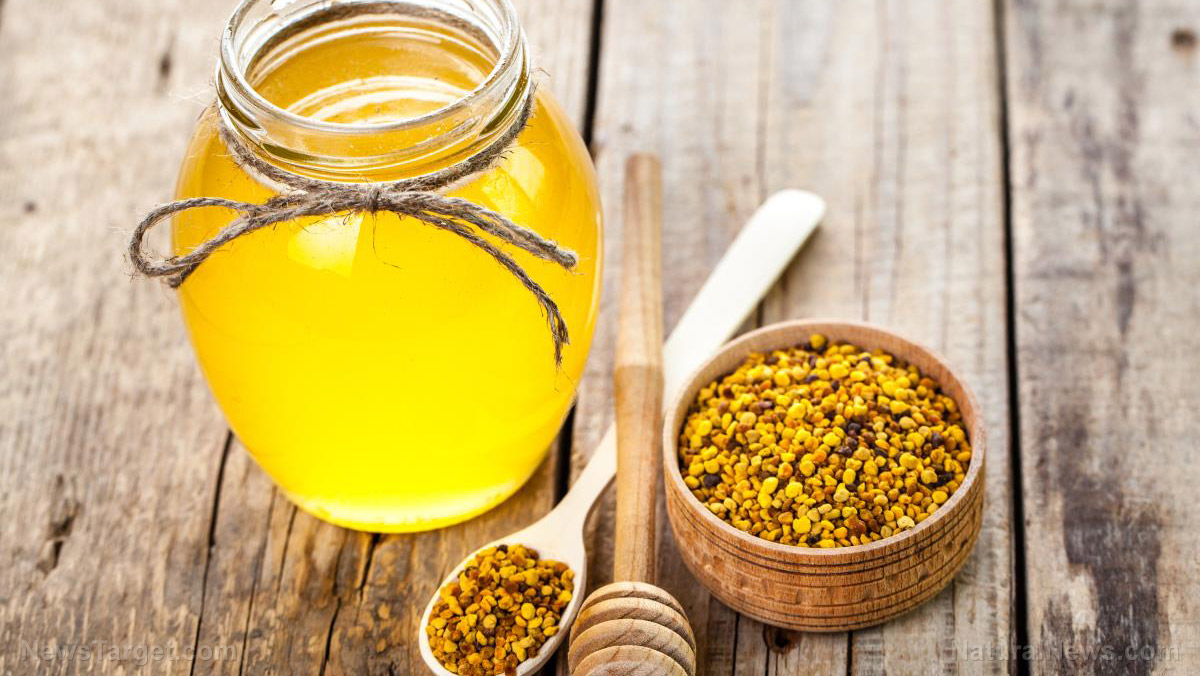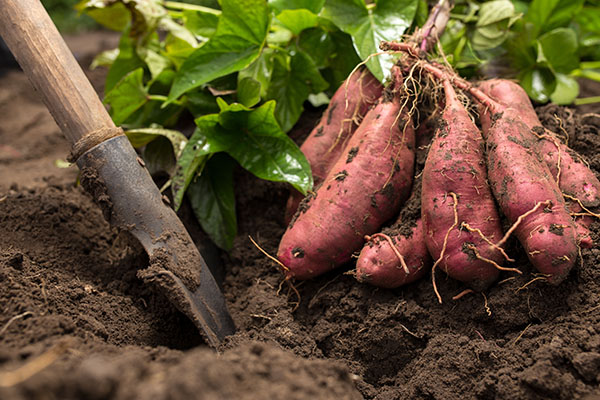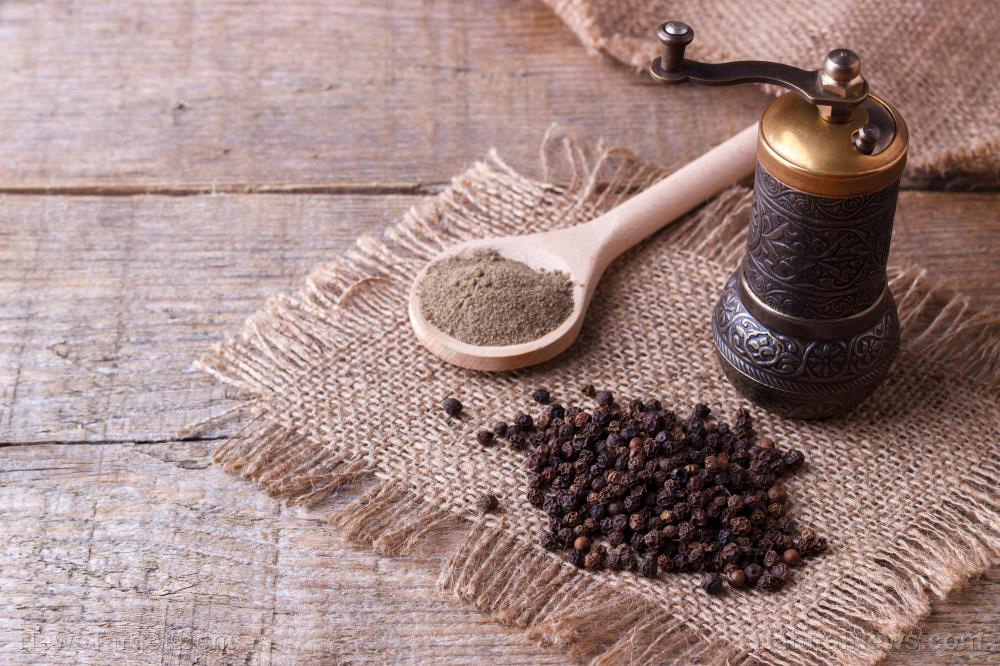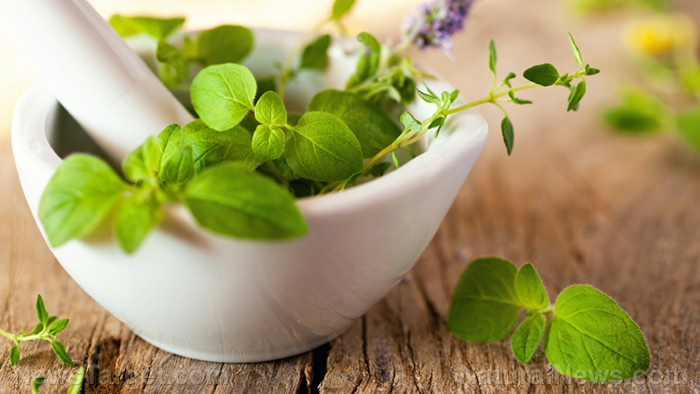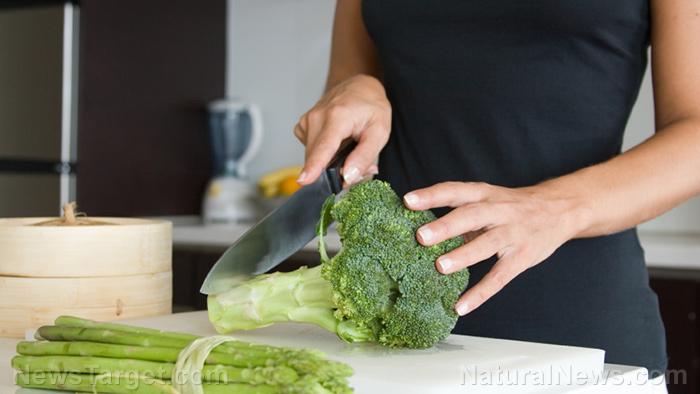
What to eat when you're on an anti-inflammatory diet
Anti-inflammatory foods can help reduce the inflammation caused by various types of arthritis like ankylosing spondylitis, osteoarthritis, psoriatic arthritis, and rheumatoid arthritis.
Following an anti-inflammatory diet means you need to include "a family of vegetables that offer a powerhouse dose of inflammation-fighting elements," cruciferous vegetables. Studies have shown that cruciferous vegetables have positive effects on the biological factors that cause inflammation in the body. (Related: Mediterranean diet reduces inflammation and degradation of cartilage in osteoarthritis patients.)
Below are some examples of cruciferous vegetables:
- Common cruciferous vegetables – Broccoli and cauliflower are two of the most common cruciferous vegetables. Take note that high heat may decrease the health benefits of these vegetables. Don't boil them. Instead, cook them by lightly steaming, sauteing, or stir-frying them.
- Cruciferous root vegetables – Some root vegetables, like parsnips, radishes, and turnips, are also cruciferous. These vegetables have a stronger taste. Mix them in a stir-fry with other vegetables or lightly steam them.
- Leafy cruciferous vegetables – These include Brussels sprouts, cabbage, kale, and collard greens. Add them to soups or stews, or lightly saute them.
- Special occasion cruciferous vegetables – This includes arugula, bok choy, Chinese cabbage, and watercress. You can add arugula and watercress to salads. Bok choy and Chinese cabbage can be lightly sauteed in olive oil with some garlic, or you can add them to salads, soups, and stir-fried dishes.
Other healthy anti-inflammatory food options include certain oils, fish, fruits and vegetables, nuts, spices, tea, and whole grains.
Follow a healthy diet with a lot of anti-inflammatory foods to relieve the symptoms caused by arthritis.
What happens if you have arthritis?
There are different types of arthritis, but most of them start with similar symptoms. These symptoms tend to worsen over time, but there are measures you can take to slow down the progression of arthritis.
Below are some of the early signs of arthritis:
- Grinding sensations – When joint cartilage is worn away, you lose the smooth lining covering the rough bone. As the bone is eventually exposed, the joint may not move as smoothly, and this can cause a grinding sensation.
- Joint deformity – Arthritis wears away joint cartilage, and this may cause deformity in your joints. If you have arthritis, your fingers can become crooked. Deformity in the knee joint can result in a knock-kneed or bow-legged appearance.
- Joint pain – Join pain is the most common symptom of arthritis. The type of pain can vary depending on the type of arthritis and the severity of your condition. In most cases, arthritis causes an aching pain in the joint that can be worsened by activity and eased by rest.
- Joint stiffness – People with arthritis usually complain of stiffness in their joints. The stiffness is often worse in the morning or after long periods of sitting in one position.
- Joint swelling – Swelling in the joints may also occur because of other conditions, but one of its most common causes is arthritis.
- Joint tenderness – Arthritic joints may be tender to the touch. If you feel pain when you touch your joints, they may be inflamed.
- Lumps and bumps near joints – Arthritis can result in the formation of pockets of fluid/mucous cysts or bone spurs. You may feel these lumps and bumps as knobby protuberances around your joints.
- Warm/Red Joints – Joint inflammation may also cause symptoms like joint redness and warmth. A healthcare professional must evaluate these symptoms because these can indicate a joint infection.
To read more articles about cruciferous vegetables and other healing vegetables, browse Prevention.news.
Sources include:
Please contact us for more information.
















